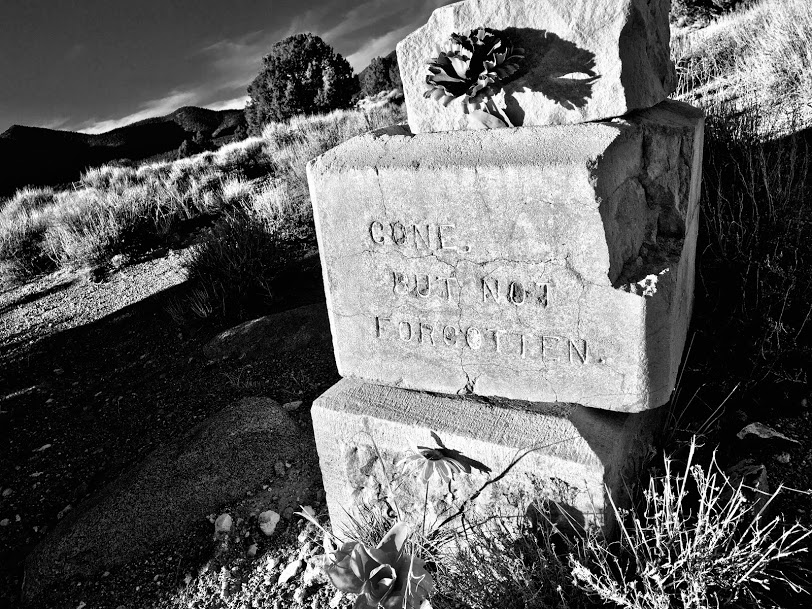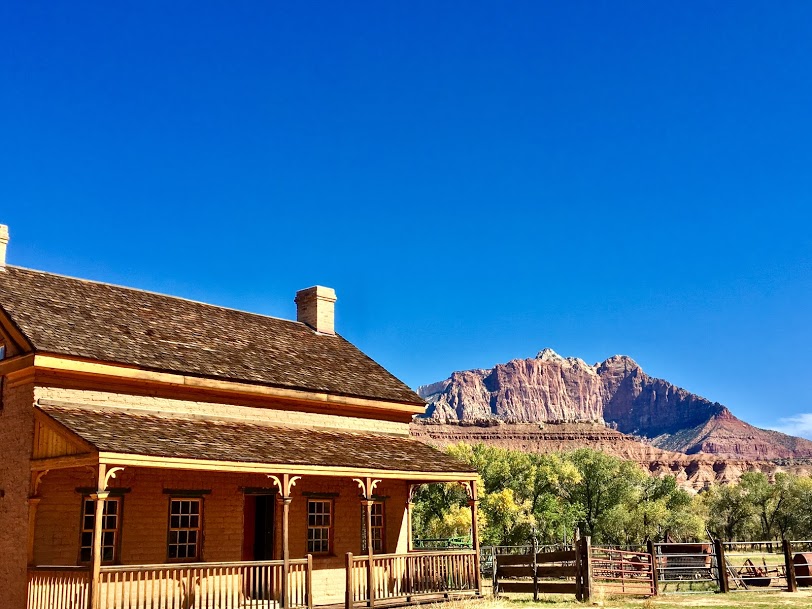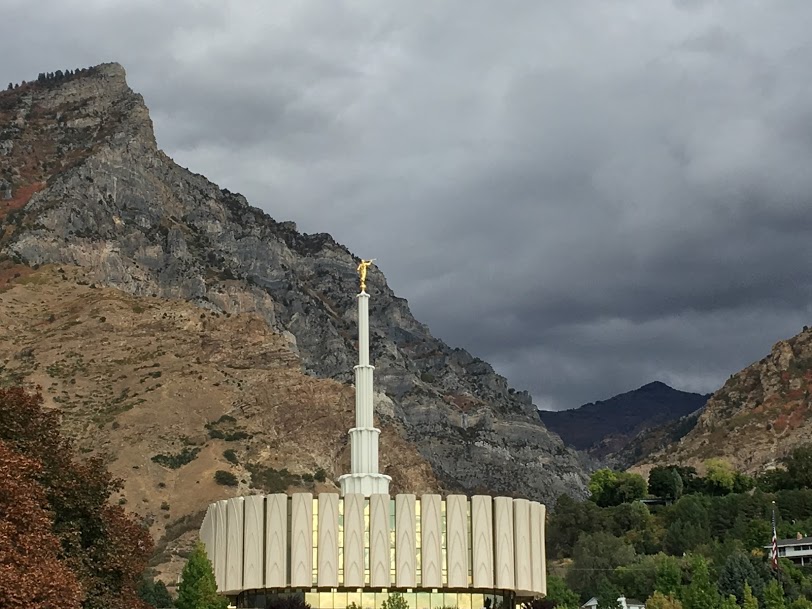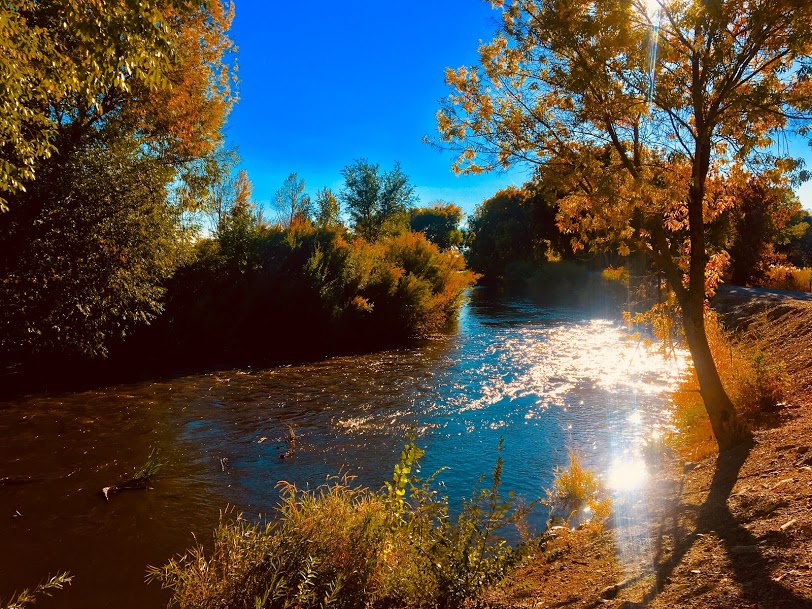Utah Macabre: Punjun Spring

In late September 1776, a Spanish exploratory expedition led by two priests of the Franciscan Order, Atanasio Dominguez and Silvestre Vélez de Escalante, entered the Utah Lake Valley. After a few days spent exchanging gifts with the Timpanogos people who occupied the valley, they made a stop at a natural spring along the ancient highway that American Indians had used for generations to travel around the lake to the Juab Valley and further south to the southern regions of the Pahvant, the Paiute and the Navajo. They were about 20 miles south from Utah Lake at a spring the Spanish priests named it Ojo de San Pablo , or the "Eye of Saint Paul." They didn't tarry long. The Utes called it "Punjun." Punjun Spring, it is said, is without bottom, and sometimes, on the quiet nights, they could hear the sound of a baby's cry emanating from its depths. 2,188 miles to the east, the American Revolutionary War was raging, and 21-year-old Nathan Hale was arrested ...




